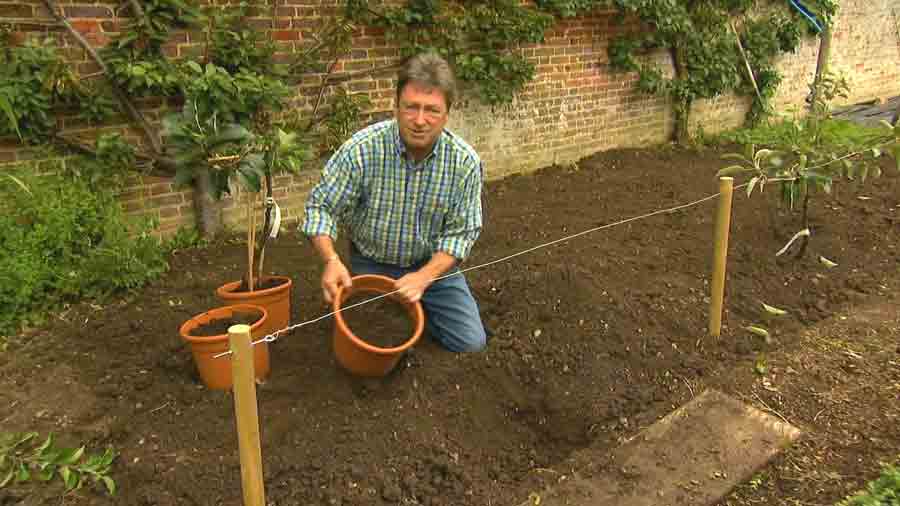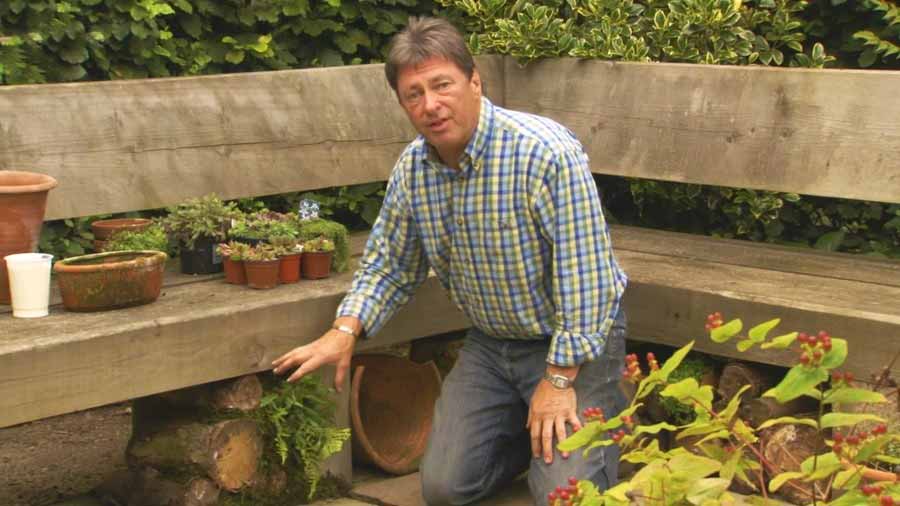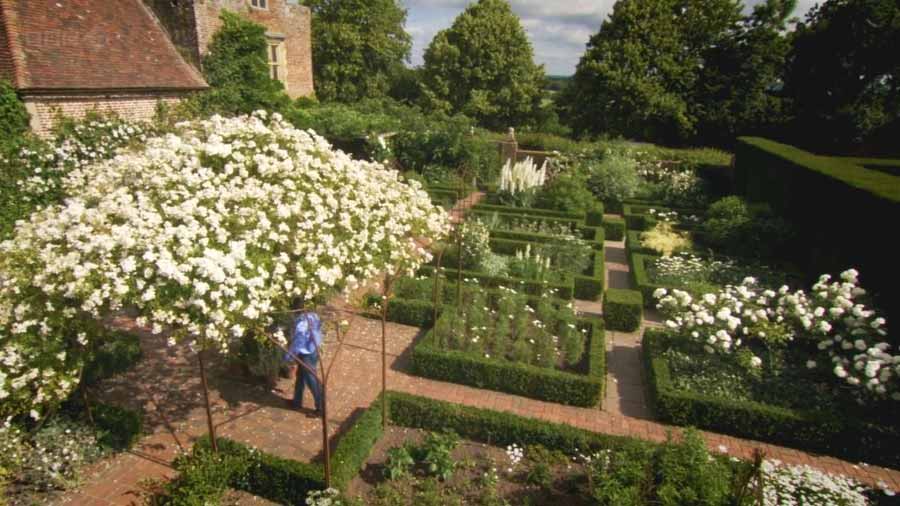Alan Titchmarsh’s Garden Secrets – 19th Century episode 3: Alan looks at how the Victorians transformed the garden from natural landscapes to a new manufactured style.
Alan Titchmarsh presents a stunning series that reveals the amazing secrets behind Britain’s great gardens, examining how they continue to influence gardeners, including himself, today. The Victorians gave us a taste for exotic plants from around the world, a thirst for technology in the garden and a love of bold statements. Biddulph Grange in Staffordshire is a classic example of all these elements.
Alan Titchmarsh’s Garden Secrets – 19th Century episode 3
The Victorians were transforming the garden from the natural landscapes of the 18th century to a new, manufactured style. Alan comments how Biddulph is ‘a world-in-one garden’ made up of separate, highly stylized designs inspired by China, Italy, Egypt and Scotland. These gardens are a setting for plant life from around the world and Alan explains how the Victorians were passionate plant hunters, particularly for orchids. He also shows us how to plant and care for exotics in our own garden.
The Victorians also invented ways to transport and care for these rare plants. Alan demonstrates how they revolutionized growing under glass, building some of the biggest glasshouses in the world. There was also a passion for elaborate and gaudy display at this time with the creation of the carpet bed – a true symbol of Victorian knowledge and power. Alan shows us how to create one that will complement our own modern garden.
A passion for technology was also transforming the kitchen garden and the Victorians established practices for produce growing that survive today. Alan reveals the key things to remember when growing vegetables.
Biddulph Grange
“Behind a gloomy Victorian shrubbery there’s a gloomy Victorian mansion, but behind that lurks one of the most extraordinary gardens in Britain…it contains whole continents, including China and Ancient Egypt – not to mention Italian terraces and a Scottish glen.”
The “rhododendrons and azaleas are spectacular in late spring, but the pinetum and the evergreen topiary provide year-round interest. It’s a fantastic garden for children, with its tunnels and rockeries, and there is a children’s quiz trail.”
The true brilliance of Biddulph Grange “lies in the way that Cooke and Bateman hid the different areas of the garden from each other, using heaps of rocks and thickly planted shrubberies’ the design locks together as tightly as a jigsaw or a cross-section of the brain.” It contains “a series of Italianate terraces, connected by steps and enclosing small flower gardens’ at the bottom, long, buttressed hedges enclose a dahlia walk,” In the Egyptian part of the garden, “Two sphinxes guard the mastaba-like entrance to a tunnel, whose darkness is an invitation to explore. Deep inside is a bloody chamber (lit by a hidden window of red-coloured glass) in which squats the half-spooky, half-comic figure of the Ape of Thoth.



